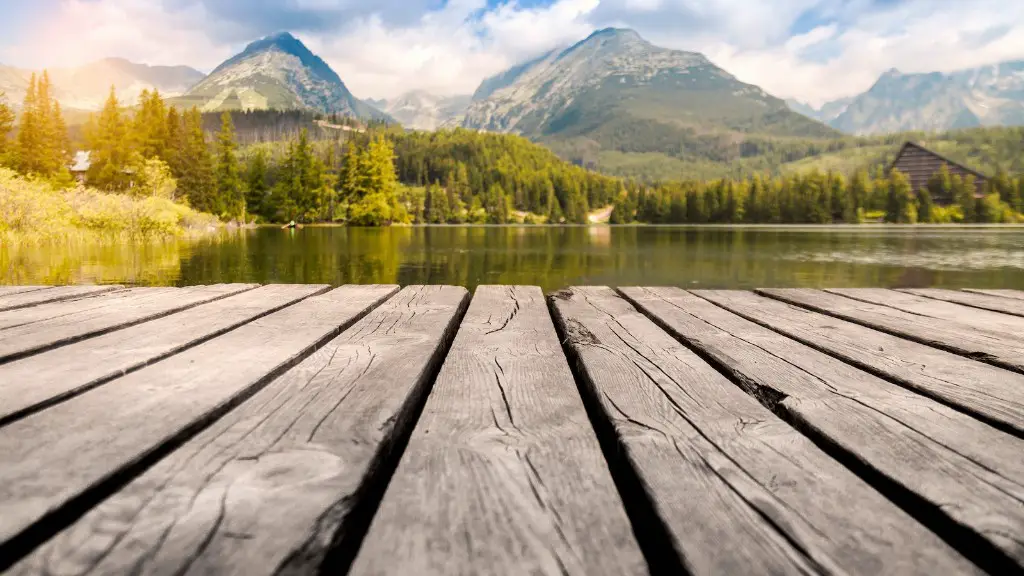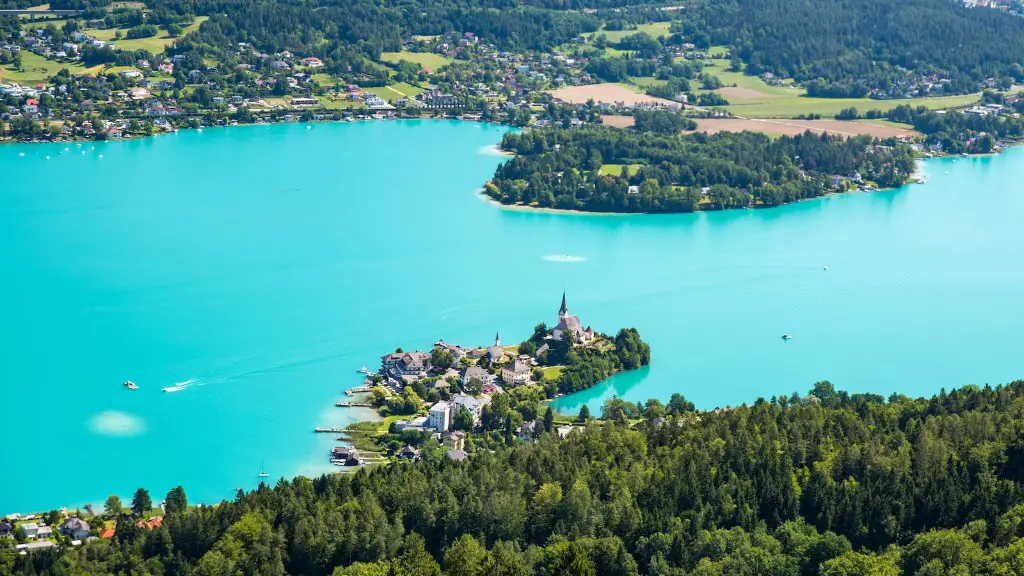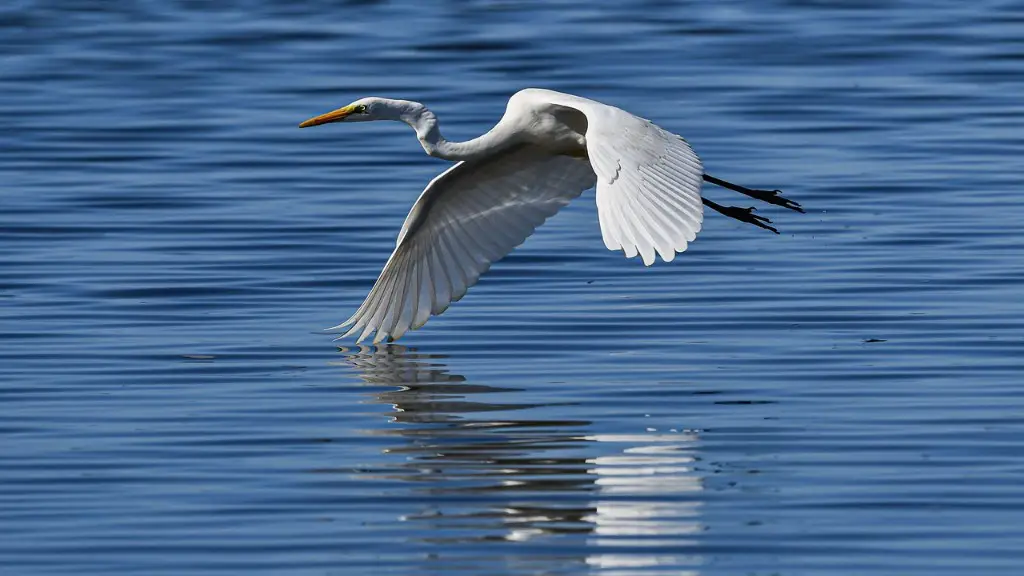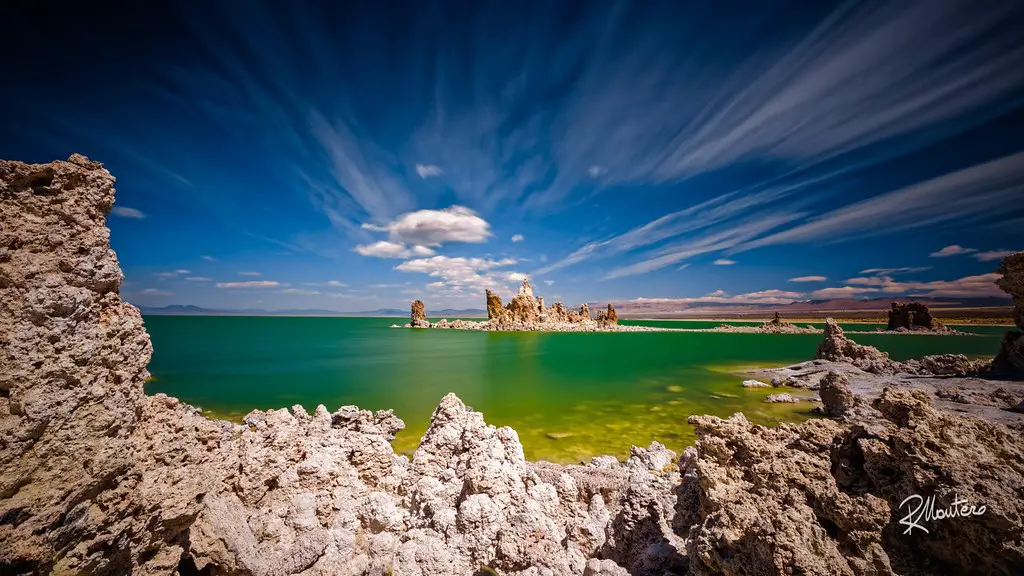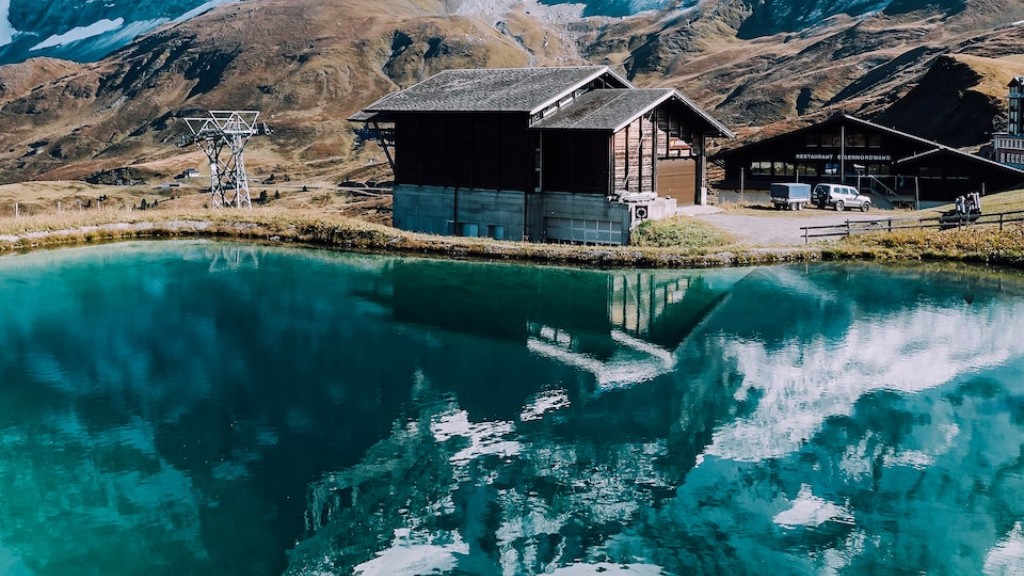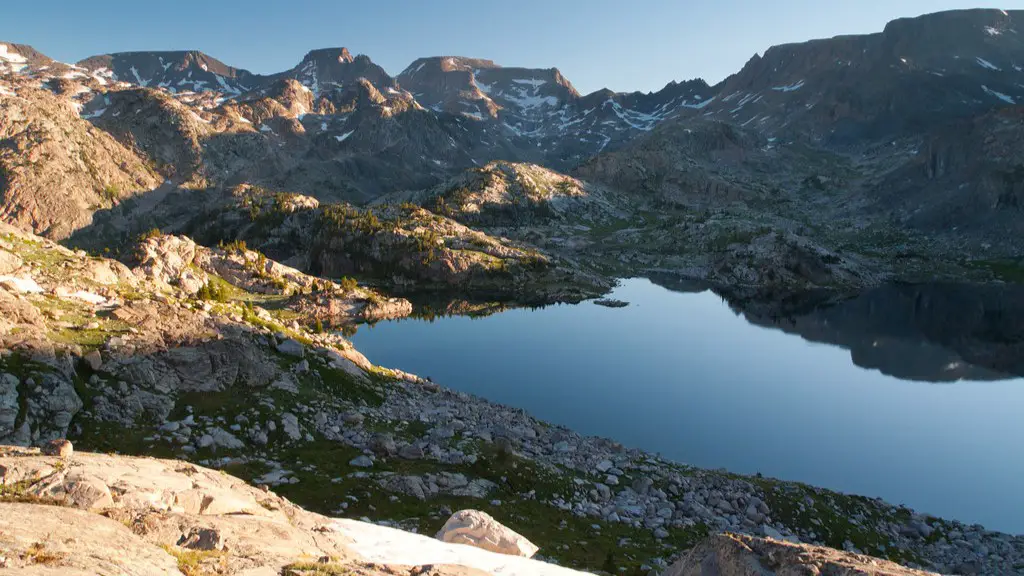Introduction
Lake Victoria, which lies between the countries of Tanzania, Kenya, and Uganda, is the largest lake in Africa by surface area. It is believed to have the largest population of Nile crocodiles in the world. While there have been no scientific studies conducted to confirm the numbers, many tourists and locals alike report seeing them often. This article aims to explore the presence of Nile crocodiles in Lake Victoria, their potential effects on the environment and ecosystems, and how to protect against them if present on the shoreline.
Crocodile Presence in Lake Victoria
The presence of Nile crocodiles in Lake Victoria was first reported in the 1950s. Since then, a growing number of reports have emerged from people living near or on the lake. People have reported large numbers of crocodiles in their village or along the shoreline. Fishermen have had encounters with crocodiles while fishing and some even report seeing them as far out as the islands in the lake.
In addition, locals also report that crocodiles are being caught in fishing nets and trapped by locals. While it is difficult to determine the exact number of crocodiles in the lake, many believe it is increasing. Crocodiles can live up to 70 years and if the population is not managed properly, the population will continue to grow.
Impact of Crocodiles on Ecosystems
The presence of crocodiles can have significant impacts on ecosystems and species in Lake Victoria. Crocodiles are apex predators and can have a large effect on the fish population. While they primarily feed on fish, they are also known to eat birds, turtles, and other species that live in the lake.
In addition, the presence of crocodiles can also disrupt the balance of the food chain in the lake by changing the availability of certain species. This can have an effect on other species that rely on those species for food and shelter.
Finally, the presence of crocodiles can also be a hazard for humans, as crocodiles have been known to attack people in some cases. There have even been instances of crocodiles attacking boats, so it is important for people to be aware of the potential risks.
Protection Against Crocodiles
The best way to protect against crocodiles is to be aware of their presence and avoid any areas that they may inhabit. This includes areas near the shoreline, islands, and submerged structures. People should also take extra precautions when fishing, as crocodiles can be attracted to baited lines.
In addition, it is important to avoid swimming at night or early in the morning when crocodiles are more active. People should also be aware of the warning signs that crocodiles may be in the area, such as tracks, droppings, and dead animals. Finally, people should remain calm and move slowly if they come into contact with a crocodile.
Reintroduction of Crocodiles
The presence of Nile crocodiles has been identified as a potential threat to local ecosystems in Lake Victoria. As a result, some organizations and governments have proposed plans to reintroduce the species into the lake in order to protect the environment and increase biodiversity.
This plan has been met with some opposition, as some believe that reintroducing crocodiles could lead to an increase in conflict between humans and crocodiles. This is because crocodiles could become accustomed to humans and start to approach them, resulting in a conflict that could harm humans and the environment.
However, other organizations and governments have argued that the reintroduction of crocodiles could help protect the local habitats and species as well as provide an alternative source of food for locals.
Conclusion of Presence
The presence of Nile crocodiles in Lake Victoria is a growing concern for locals and tourists alike. While there is no scientific evidence to back up their numbers, there have been numerous reports from people living on or near the lake claiming to have spotted them. If present in large numbers, they could have an impact on local ecosystems and species as well as create potential hazards for people.
In order to protect against them, people should be aware of their presence, avoid swimming in areas they may inhabit, and take extra precautions when fishing. Additionally, organizations and governments have proposed the reintroduction of crocodiles in the lake in order to help protect the environment and increase biodiversity.
Effects on Local Communities
The presence of crocodiles in Lake Victoria has been a major concern for the local communities, who are fearful of the potential impacts that crocodiles could have on their livelihoods. If a large number of crocodiles were present in the lake, it would lead to increased competition for resources and could disrupt the fragile balance of the lake’s ecosystems.
In addition, the presence of crocodiles could also lead to an increase in incidents of conflict between humans and crocodiles, which could lead to injury or death. This has been a major concern for the local communities, as it could affect their ability to access the lake’s resources.
In order to address the concerns of the local communities, some organizations and governments have proposed educational programs to teach people about the presence of crocodiles in the lake and how to protect themselves if they encounter one. In addition, they have suggested the development of policies and regulations to reduce the potential of conflict between humans and crocodiles.
Protection of Migration
The presence of crocodiles in Lake Victoria could also have a major impact on the migration of other species. Many species of fish, birds, and other animals migrate through the lake and are at risk of being attacked by crocodiles. In addition, crocodiles could also have an impact on the spawning of certain species, making it more difficult for them to reproduce and replenish their population.
In order to protect these species from being attacked by crocodiles, some organizations have proposed the development of barriers to protect migration routes. These barriers can be made from nets or other materials and would be designed to keep crocodiles from accessing certain areas of the lake.
In addition, other organizations have proposed the development of artificial habitats that would be designed to provide the necessary conditions for the spawning and migration of certain species. These habitats could provide a safe and secure environment for these species to migrate without being attacked by predators such as crocodiles.
Awareness and Monitoring
Finally, it is important for people to be aware of the presence of crocodiles in Lake Victoria and take the necessary steps to protect themselves. In addition, it is also important to monitor the lake for any changes in the crocodile population, as this can help to identify any potential threats and ensure the safety of everyone living on or near the lake.
One way to do this is to set up crocodile monitoring stations along the shoreline. These stations could provide researchers and government officials with data on the crocodile population and help them identify any potential threats. In addition, these stations could also help discourage crocodiles from entering certain areas and provide a way for people to report sightings of crocodiles in the lake.
Crocodiles present a serious threat to the species, ecosystems, and communities of Lake Victoria. It is important to be aware of their presence and take the necessary steps to protect against them. By monitoring the population, educating people, and developing policies and regulations, we can ensure that Lake Victoria remains safe and enjoyable for everyone.
